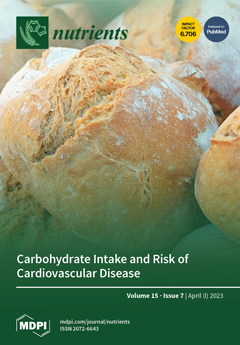Background: Pomegranate (
Punica granatum) can be used to prepare a bioactive extract exerting anti-inflammatory activities. Clinical studies demonstrated an improvement in clinical response in inflammatory bowel disease (IBD) patients when pomegranate extract (
PG) was taken as a complement to standard medications. However, the molecular mechanisms underlying its beneficial effects are still scarcely investigated. This study investigates the effect of
PG on bacterial biofilm formation and the promotion of mucosal wound healing.
Methods: The acute colitis model was induced in C57BL/6N mice by 3% dextran sodium sulfate administration in drinking water for 5 days. During the recovery phase of colitis, mice received saline or
PG (200 mg/kg body weight) by oral gavage for 11 days. Colitis was scored daily by evaluating body weight loss, bleeding, and stool consistency. In vivo intestinal permeability was evaluated by fluorescein isothiocyanate-conjugated dextran assay, bacterial translocation was assessed by fluorescence in situ hybridization on tissues, whereas epithelial and mucus integrity were monitored by immunostaining for JAM-A and MUC-2 markers. Bacterial biofilm formation was assessed using microfluidic devices for 24 or 48 h. Primary fibroblasts were isolated from healthy and inflamed areas of 8 IBD patients, and Caco-2 cells were stimulated with or without
PG (5 μg/mL). Inflammatory mediators were measured at the mRNA and protein level by RT-PCR, WB, or Bio-plex multiplex immunoassay, respectively.
Results: In vivo,
PG boosted the recovery phase of colitis, promoting a complete restoration of the intestinal barrier with the regeneration of the mucus layer, as also demonstrated by the absence of bacterial spread into the mucosa and the enrichment of crypt-associated fibroblasts. Microfluidic experiments did not highlight a specific effect of
PG on
Enterobacterales biofilm formation, even though
Citrobacter freundii biofilm was slightly impaired in the presence of
PG. In vitro, inflamed fibroblasts responded to
PG by downregulating the release of metalloproteinases, IL-6, and IL-8 and upregulating the levels of HGF. Caco-2 cells cultured in a medium supplemented with
PG increased the expression of
SOX-9 and
CD44, whereas in the presence of HGF or plated with a fibroblast-conditioned medium, they displayed a decrease in
SOX-9 and
CD44 expression and an increase in
AXIN2, a negative regulator of Wnt signaling.
Conclusions: These data provide new insight into the manifold effects of
PG on promoting mucosal homeostasis in IBD by affecting pathogen biofilm formation and favoring the regeneration of the intestinal barrier through the regulation of the crosstalk between epithelial and stromal cells.
Full article






